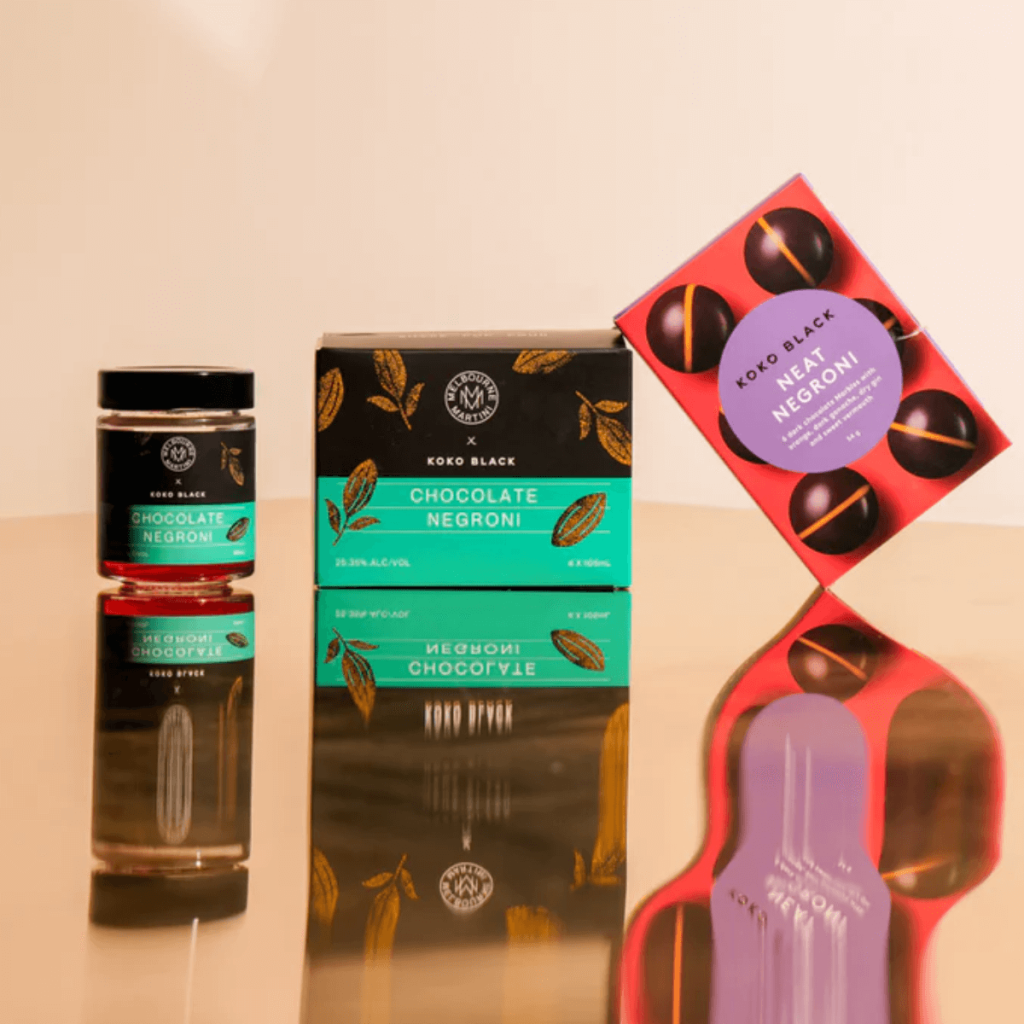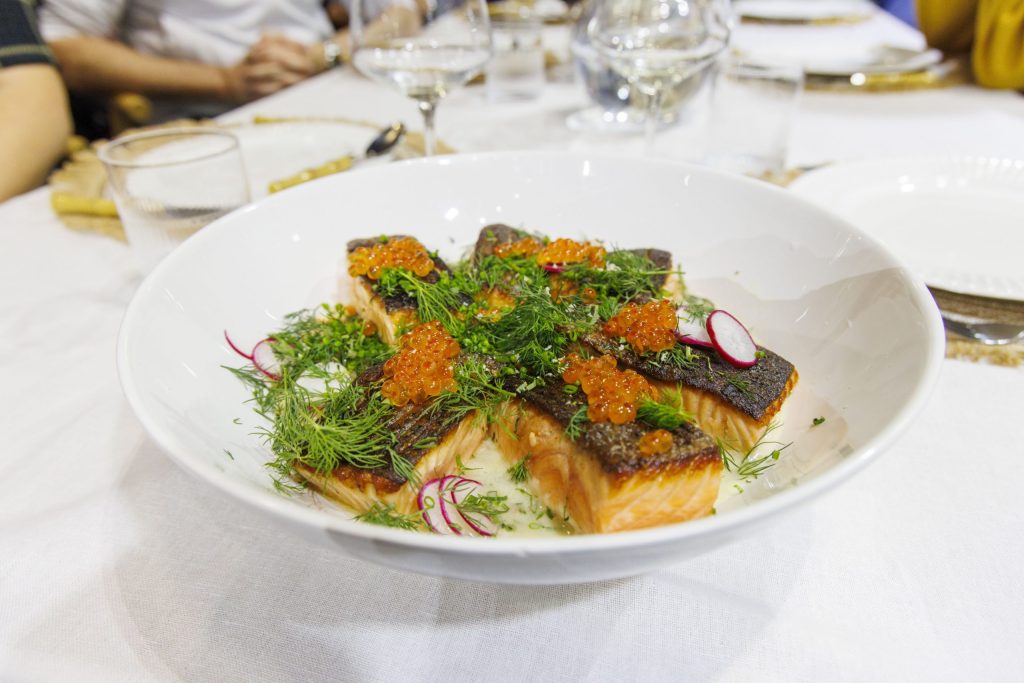Seasonal Produce – June
Published 05 Jun, 2016Oranges
Naval oranges get their name from the depression at their base, which looks like a little orange belly button. These juicy fruits have sweet, mildly citrus flavoured flesh and vibrant orange colour.
Often used as the benchmark to compare vitamin C levels in other foods, oranges are indeed a very good source of vitamin C, as well as beta carotene, folate and fibre.
A favourite for little league sports everywhere, oranges make for a fantastic healthy snack sliced into wedges and eaten from the skin. Alternatively, you can peel and segment the flesh to be used in fruit salad, tarts and cakes. Its flavour works particularly well with chocolate and dried orange dipped in dark chocolate is a real treat! Orange is also great match for savoury dishes, particularly with pork, duck or seafood, such as a prawn salad.
Spinach
First cultivated in Persia (now Iran), versatile spinach has become a staple ingredient in many cuisines throughout the world.
This leafy green vegetable is very quick and easy to grow, and in Australia we are lucky to have spinach available year round. The variety you will most likely see in supermarkets is baby spinach, which has flat green leaves and a mild flavour. Another popular variety is English Spinach which has much larger leaves that are often confused for silverbeet and has a slightly more bitter flavour.
Spinach is well known for its super food status (and Popeye’s secret weapon!) with high amounts of beta-carotene, lutein and zeaxanthin, which is important for eye health. Spinach also contains vitamins A, K and B vitamin folate.
Spinach can be eaten raw, blanched or baked. Its flavour is a great match for creamy cheeses such as feta or ricotta. Add spinach for a healthy hit to salads, smoothies, frittatas, omelettes, pies, filo pastries, curries, soup, lasagnes, cannelloni, pasta and baked eggs. Or simply enjoy spinach sautéed with lashings of butter.
Garlic
This ancient member of the onion family has added a pungent punch to dishes since the time of the pharaohs. Garlic is best known for its very strong odour and distinctive taste which mellows with cooking.
Garlic grows in bulbs which contains multiple cloves. When buying garlic, look for firm skin and no green shoots or mould. Store garlic bulbs in a cool, dark, dry place for up to four weeks.
To prepare garlic, remove its papery skin and then crush, chop or slice as needed. Alternatively, you can leave the skins on and roast whole cloves in the oven as a delicious accompaniment to a roast dinner.
Garlic is an essential ingredient in many dishes, infusing it’s unique and intense flavour. Crushed garlic is used to make sauces and marinades for succulent meat dishes, blended with butter and smothered on bread and steak, and used to coat roast vegetables and garlic prawns. Sliced garlic can be mixed stir-fry, pasta sauces, risottos, tagines, breads, and sautéed greens.











